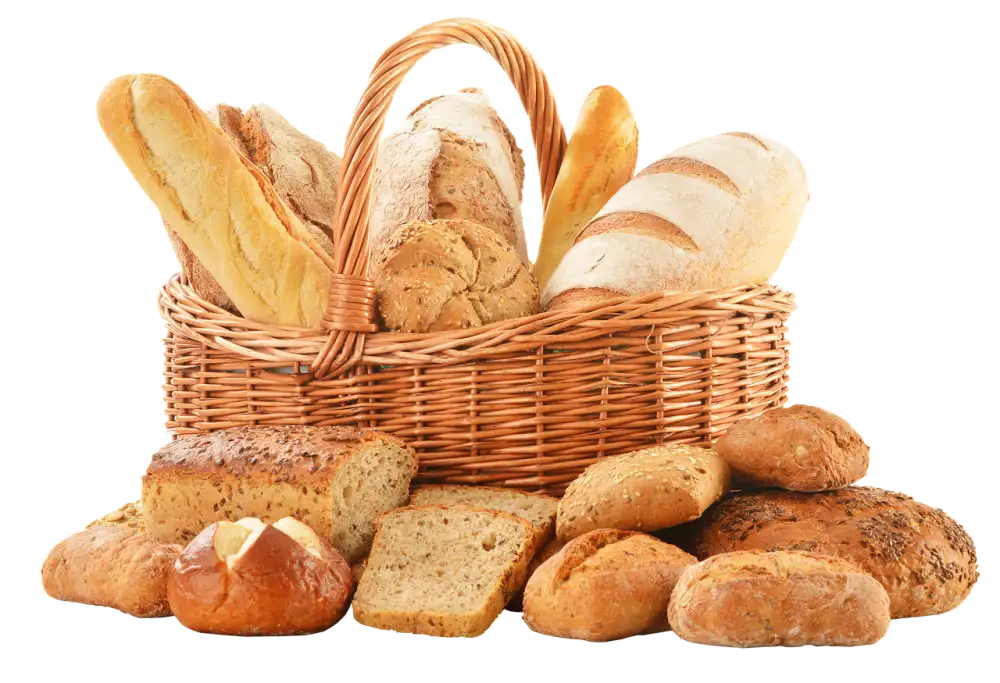Deliciously Dark: Elevate Your Baking Skills with Rye Bread Recipes

Rye bread is a traditional and hearty bread that has been enjoyed for centuries. It is made from flour derived from rye grain, which gives it a distinct flavor and dense texture. Rye bread is popular in many European countries, especially in Scandinavia, Germany, and Eastern Europe. It has a slightly tangy taste compared to wheat bread and is often darker in color due to the presence of more bran in the flour. Rye bread is known for its earthy aroma and robust flavor profile, making it a versatile choice for various dishes and culinary creations.
History and Origins of Rye Bread
Rye bread has a rich history dating back to the Middle Ages in Northern and Eastern Europe. It was a staple food for peasants due to rye's ability to grow in harsh climates where wheat struggled. The first recorded mention of rye bread dates back to 500 AD in Switzerland. Rye bread gained popularity in Scandinavia, Germany, and Russia due to its hardy nature and ability to sustain people through long winters. Over time, different regions developed their own variations of rye bread, each with unique flavors and textures. Today, rye bread continues to be a beloved staple in many European countries and is enjoyed worldwide for its hearty taste and nutritional benefits.
Health Benefits of Rye Bread
Rye bread is not only delicious but also packs a nutritional punch. It is a great source of fiber, which aids digestion and helps maintain a healthy weight. Rye bread has a lower glycemic index compared to wheat bread, making it a better choice for managing blood sugar levels. Additionally, rye bread contains important nutrients like iron, magnesium, and B vitamins that are essential for overall health. Studies have shown that consuming rye bread may help reduce the risk of cardiovascular diseases and improve insulin sensitivity. Incorporating rye bread into your diet can be a smart move for both your taste buds and your health.
Different Varieties of Rye Bread
When it comes to rye bread, there is a wide range of varieties to choose from, each with its own unique flavor and texture. Some popular types of rye bread include:
1. **German-style Rye Bread**: Known for its dense and hearty texture, German rye bread is often made with a combination of rye flour and wheat flour, along with ingredients like caraway seeds for added flavor.
2. **Russian Black Bread**: This type of rye bread is dark in color and has a slightly sweet taste due to the addition of molasses or coffee. It pairs well with savory toppings like smoked fish or meats.
3. **Pumpernickel**: Originating from Germany, pumpernickel is a heavy, dense rye bread made from coarsely ground whole rye grains. It has a rich, earthy flavor and is often used in sandwiches or served with soups.
4. **Sourdough Rye Bread**: Made using a sourdough starter, this type of rye bread has a tangy flavor profile and chewy texture. It is great for making toast or sandwiches.
5. **Swedish Limpa Bread**: A slightly sweetened rye bread flavored with orange zest, anise seeds, and fennel seeds, Swedish Limpa Bread is perfect for breakfast or as an accompaniment to cheese.
These are just a few examples of the diverse array of rye bread varieties available to home bakers looking to experiment with different flavors and textures in their baking endeavors.
Tips for Baking Rye Bread at Home
When baking rye bread at home, it's important to remember a few key tips to ensure a successful outcome. Firstly, use a combination of rye flour and bread flour to achieve the right balance of flavors and textures. Rye flour can be dense, so adding bread flour helps with the rise. Secondly, allow the dough to ferment for an extended period to develop its complex flavors fully. This process can take anywhere from 12 to 24 hours, depending on the recipe. Lastly, when shaping the dough before baking, make sure it is well-kneaded to develop gluten and structure. Following these tips will help you create delicious homemade rye bread that rivals any bakery loaf.
Serving Suggestions and Pairings for Rye Bread
Rye bread's robust flavor and dense texture make it a versatile option for various serving suggestions and pairings. One classic way to enjoy rye bread is by simply spreading butter or cream cheese on a slice. For a heartier option, top it with smoked salmon, sliced cucumbers, and dill for a delicious open-faced sandwich.
Rye bread also pairs well with savory ingredients like roast beef, pickles, and mustard for a satisfying lunch or snack. It can be used as the base for traditional Scandinavian smørrebrød topped with herring, eggs, or cold cuts. Additionally, rye bread makes an excellent accompaniment to soups and stews, adding depth to the meal.
For a sweet twist, try pairing rye bread with honey or jam for breakfast or as a dessert option. The slightly tangy flavor of rye complements the sweetness of these toppings perfectly. To elevate your cheese board, serve slices of rye bread alongside aged cheeses like Gouda or sharp cheddar.
When serving rye bread at gatherings or parties, consider creating a DIY bruschetta bar with various toppings such as tomatoes, olives, and fresh herbs. This interactive setup allows guests to customize their rye bread appetizers to their liking.
In conclusion, the versatility of rye bread makes it an excellent choice for both savory and sweet pairings. Experiment with different toppings and combinations to discover your favorite way to enjoy this deliciously dark bread.
Published: 12. 03. 2024
Category: Recipes



